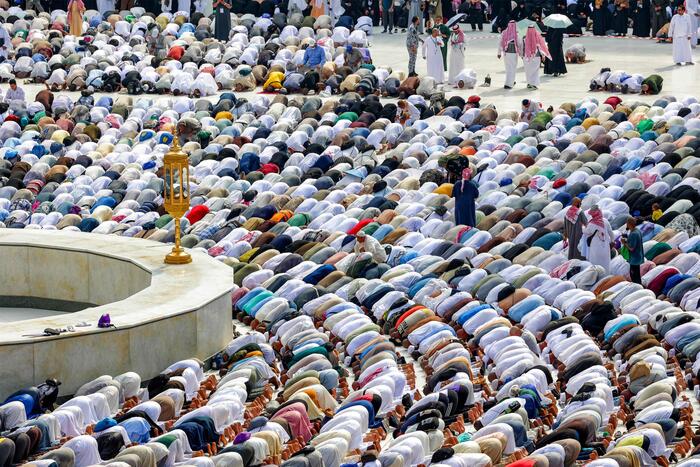Hundreds of Muslim worshippers reportedly lost their lives during this year’s customary Haji pilgrimage due to scorching temperatures in Saudi Arabia reaching up to 51°C (124° F).
Over 320 Egyptian citizens were among the deceased, according to the press agency AFP, while the Indonesian health ministry claimed that 144 of its nationals had also died during the traditional pilgrimage to the holy places of Islam. Meanwhile, Iran, Tunisia, Senegal, Jordan, and Senegal have also reported dozens of deaths.
About 550 people are estimated to have died overall so far – almost twice as many as were recorded one year ago. Concurrently, as the first round of ritual stoning began on Sunday, the Saudi Health Ministry reported that over 2,760 pilgrims had heat exhaustion and sunstroke. To avoid exposure during the hottest hours of the day, many of this year’s approximate 1.8 million faithful – 1.6 million of them from abroad – decided to complete the Hajj rituals either in the early morning or late evening.
However, spending hours outside during the day is a requirement of several hajj rites, including the prayers on Mount Arafat that were performed on Saturday.
Saudi authorities deployed security officers, doctors, and first responders in and around Mina, particularly on roadways and open spaces, to direct and assist pilgrims. The Gulf monarchy has put in place strategies to reduce heat, like as climate-controlled zones and providing water to pilgrims.
One of the five pillars of Islam, the Hajj is an obligatory act of worship that every Muslim who has the means and physical capacity to perform must do at least once in their lives. The pilgrimage is among the biggest religious gatherings in the world. It has seen several disasters throughout the years, including disease outbreaks, fires, and stampedes. More than 300 people were killed in a bridge stampede in 2006, and more than 2,200 people were killed in another one in 2015.












